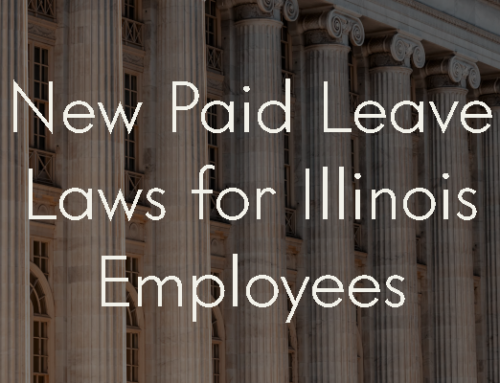Interested in the possibility of creating an employee handbook? A bit lost on where to start? Don’t worry, you’re not alone.
When companies grow and add new employees, they may find that they have a lot of company policies, procedures, and other information that they need to give their employees. One way to give employees a lot of important information is through an employee handbook. It’s not the right choice for every business, but it can be a very powerful asset. You can read more about when we recommend employee handbooks, the benefits they provide, and how much they cost here.
If you have decided that an employee handbook is right for your company, putting one together may be a bit daunting. To help you get started, we have provided a list of sections that employers might decide to include in their employee handbooks.
Introduction
- Welcome to the company! – Welcome employees, give a brief history of the company, discuss the goals/values of the company, and so on.
- Purpose of the handbook and disclaimer that it is not a contract & does not change the employees’ “at-will” status
Employment
- Employment At-Will Statement
- Equal Employment Opportunity – the standard “we are an Equal Opportunity Employer” statement, can look up what specific categorizations (race, gender, sexual orientation) are protected in your area.
- Employee Relations – friendly atmosphere, supervisors, open door policies, employee dating policies, etc.
- Introductory/Trial Period
- Personnel Data Changes – where to report them
- Company Property Loans – what employees can/can’t do with company property, property needs to be returned if/when the employee leaves the company
- Access to Personnel Files – information on how employees can access their personnel files
Leave of Absence
These are not all necessary, but some are legally required. You should check the laws in your area for detailed leave requirements.
- Holidays (ones given)
- Religious Holidays (policy)
- Vacation Benefits
- Sick Leave Benefits
- Bereavement Leave
- Maternity Leave (also see family / medical leave)
- Jury Duty
- Witness Duty
- Family Leave
- Medical Leave
- Personal Leave of Absence
- Military Service Leave
- Any other types of leave that the company provides or that may be required by law
Compensation and Benefits
- Pay Schedule/Paydays
- Pay Corrections – where to report them
- Salary Basis Policy, if desired
- Conferences – does the employer pay for any of this? Travel, conference costs, etc.?
- Health Insurance (& applicable laws, like COBRA, if applicable)
- Any other compensation benefits – commission, travel, relocation, etc.
- Non-Compensation Employee Benefits (Insurance, Worker’s Comp, etc.)
Work Conditions and Hours
- Work Environment
- Hours of operation/Work Schedules (lunch, overtime, tardiness, attendance)
- Workplace Conditions & Safety (and rules for at-home/telecommuting employees)
Employee Conduct
- General Standards of Conduct
- Business Ethics and Conduct
- Dress Code
- Professionalism – the employee represents the company, is expected to act professional, etc.
- Sexual and Other Unlawful Harassment
- Disciplinary Procedures – desired by some employers, but not required
- Expectations of telecommuters
- Alcohol/drug policy – drinking on the premises, drinking during work, alcohol at company parties, etc.
- Smoking on premises
Career Development
- Job and Performance Evaluation – how does this work in your company? What should an employee do to improve?
- Opportunities to move within the company – e.g., “we like to promote from within” type of policies
- Other ways to improve, or other things you like to see from employees
Additional Information (typically company specific)
- Problem Solving Process
- Holding other jobs (moonlighting)
- Company parties / social events
- Confidential Information
- Security
- Emails / Employer Monitoring
End of Employment
- Employment Termination
- Return of Company Property – laptops, files, phones, cars, keys, access cards, etc.
- Policies that must be adhered to upon termination (if the employee signed any agreements, such as NDA, confidentiality, etc.)
Employee Receipt Acknowledgment Form
For some extra tips on creating an employee handbook, take a glance at our blog post Creating Employee Handbooks- Some Dos and Don’ts.
Please keep in mind: There are several decisions that go into making an employee handbook, such as whether to have one, what to include, and how to word everything. The answers all depend on the situation, and employee handbooks are not for everyone. They can cause their own set of hassles and they should be carefully drafted to avoid harming the employer. Our list here doesn’t protect you from these hassles, advise you on whether or not to include these policies, or tell you that you should have a handbook. We just wanted to give a starting point for companies that are trying to create a handbook and feel a bit overwhelmed trying to find all of the information they want to include. If you need any legal advice or information, you should contact a lawyer to discuss your situation.
Still Have Questions?
If you still have questions about employment policies, employee handbooks, or any other employment issues, talking to a lawyer might be what you need. Contact G & G Law today to schedule a free consultation.




